No Foot, No Horse
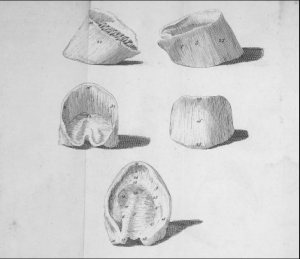
Bridges’ diagram entitled Explanation of the Five Views of the Foot
This illustration comes from the book No Foot, No Horse by Jeremiah Bridges, first published in 1751 by J Brindley of New Bond Street, London. The illustration shows the locations of thirty-two common complaints suffered by the horse’s foot. These include disorders such as Sand Cracks, Channel-Nails and the horrendous sounding Loosened Hoof. It’s thought that with this publication Bridges became the first Englishman to fully describe the anatomy of the horse’s foot. Bridges is also believed to be the first to precisely define navicular syndrome, a disease of the navicular bone and surrounding soft tissue which could ultimately cause a horse to go lame.
In his preface Bridges outlines the purposes of the book. He begins by explaining the anatomy and physiology of the foot. This he does under twenty-six headings, each covering a different anatomical part such as Os Imum Pedis, the pedal bone, Ligamentum Annulare, the annular ligament and Venae, the veins. Following this Bridges discusses the various types of feet, explaining differences in colour, shape and consistency, plus his thoughts on regional variations. Finally, he gives an account of common diseases of the foot and his suggestions for remedies. Many of these medicines came in the form of powder balls – cholic ball, fever ball, etc. To make these into a paste Bridges recommended using what he describes as “fresh, wholesome human urine”. A strange solvent perhaps, but Bridges declared it beneficial for the delicate salts it contains, the acidity of which accelerates the work of the medicine by stimulating the stomach.
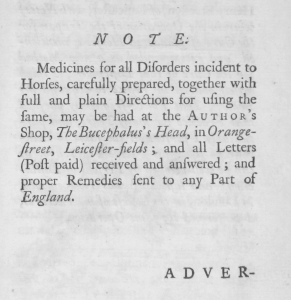
No Foot, No Horse includes an advertisement for Bridges’ medicine shop in Orange Street, Westminster
Little is known of Bridges’ personal life, such as his dates of birth and death, details of his family or his origins. Professionally, in No Foot, No Horse, he describes himself as a farrier and anatomist, and we know he had a medicine shop, as this is advertised towards the end of the book. Frederick Smith in his 1923 book The Early History of Veterinary Literature Volume 2 states “…his work bears evidence that he was not an armchair author”. Smith verifies this by stating that the structure of Bridges’ book “…was put together in his odd moments”; that his writing work had to fit in around his day job. The book’s anatomical dissertation is a result of Bridges’ own dissections (in the preface he states “I have faithfully followed the knife, not pinning my faith upon another’s sleeve”), and it is believed he presented an annual course of lectures on the subject of horse anatomy, possibly delivered on his shop premises.
His shop was located at the Bucephalus Head, on Orange Street, Westminster – Bucephalus being the name of Alexander the Great’s horse. Bridges’ name does not appear in the volumes of property rate books for this period held at the City of Westminster Archives. This suggests he leased rather than owned his premises. Orange Street would have been an ideal location for a shop specialising in the treatment of horses. Neighbouring to the north was Leicester Fields (now Leicester Square), an area of wealthy townhouses, including the homes of artists William Hogarth and Joshua Reynolds. We can assume the affluent inhabitants regularly used horse-drawn transport.
To the south of the shop was the Great Mews which occupied what is now Trafalgar Square. This was the meeting point of several major roads, and, as with today, it would have been a busy centre for traffic. Indeed, part of this mews was taken up by an extensive stable block, described by the writer James Ralph as ‘…a very grand and noble building’ in his 1734 work A Critical Review of the Public Buildings. Bridges’ shop therefore had wealthy people and their horses to the north, and a busy passing place for equine transport to the south. The hubbub of horse-powered London was all around him.
Not all Bridges’ advice in the book required the purchase of medicine, despite the fact that such sales must have made up a good proportion of his income. In No Foot, No Horse, he is critical of those who “…practice by rote, and give doses prescribed by a recipe stuffed with ingredients they know not the nature of.” Many of his recommendations lean more towards nutrition. For horses suffering fever he suggests a diet of flags (yellow irises) and grain (“I have known several horses cured by this regimen, with very little assistance of medicine.”). Similarly, horses suffering from distemper should be fed gruel or milk pottage to give them strength. Bridges recommends keeping the gruel warm by storing it in a stone container and leaving it inside a warm dunghill.
Smith describes Bridges as being without cruelty in his treatment of horses, that he “…refers in feeling terms to his patients”. Bridges was opposed to excessive bleeding at a time when the technique of venesection was common practice, and advocated the importance of good standards in nursing, saying we should accept no excuses for its neglect. Smith sums up Bridges by saying “His observations on purging, bleeding, nursing and the avoidance of drugs do honour to his judgement and wisdom” and he considers Bridges to be “…too advanced in his views to influence public opinion, and his work would probably have been of greater effect had he lived forty years later.” This perhaps explains why No Foot, No Horse ran for only two editions (in 1751 and 1752). Indeed, Bridges intended to write further volumes, concluding his preface with the hope that “If this essay meets with a kind reception, I propose going through the whole anatomy.” Sadly, these additional books seem not to have materialised, and his great ambition was thwarted by an industry unwilling to subscribe to his forward-thinking theories.
Bridges’ book is available to read here: https://vethistory.rcvsknowledge.org/bridges-jeremiah-no-foot-no-horse-an-essay-on-the-anatomy-of-the-foot-of-that-noble-and-useful-animal-a-horse-1752/

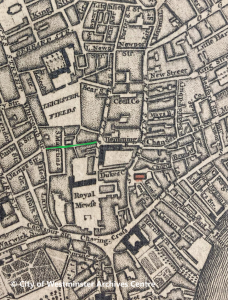

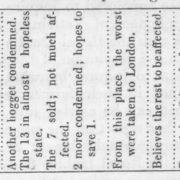
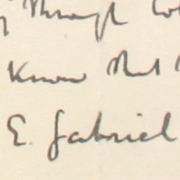

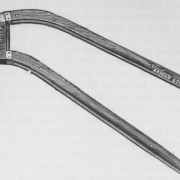
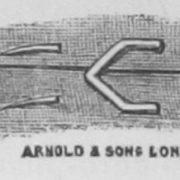
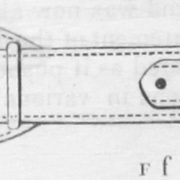
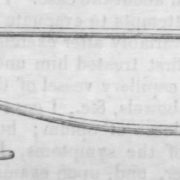


Leave a Reply
Want to join the discussion?Feel free to contribute!